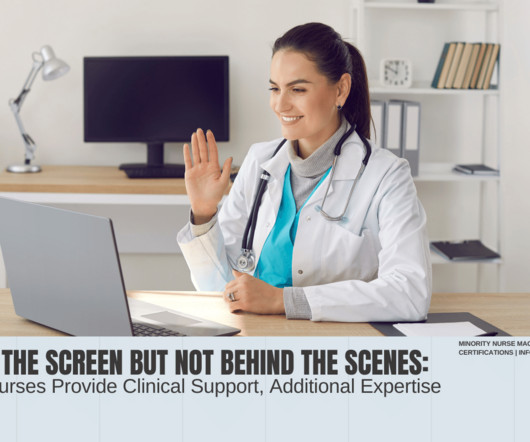Exploring APRN Certifications: How to Choose the Right One for Your Career
Daily Nurse
MARCH 19, 2025
Advanced Practice Registered Nurses (APRNs) include nurse practitioners, nurse anesthetists, clinical nurse specialists, and nurse midwives. Read below to discover the various types of APRN certifications. They primarily work in the clinic but may also work in the hospital.












Let's personalize your content